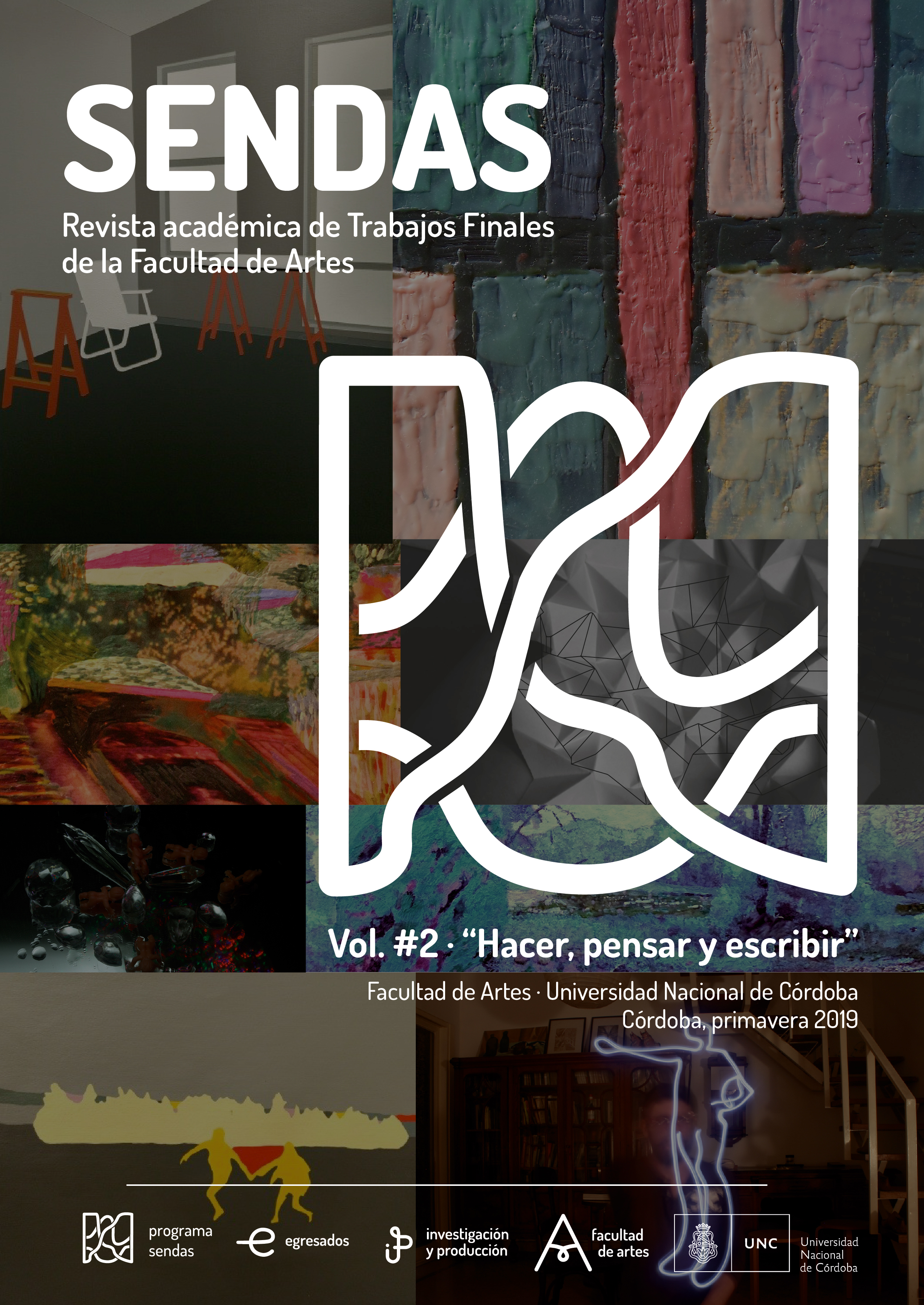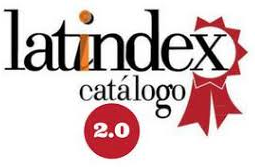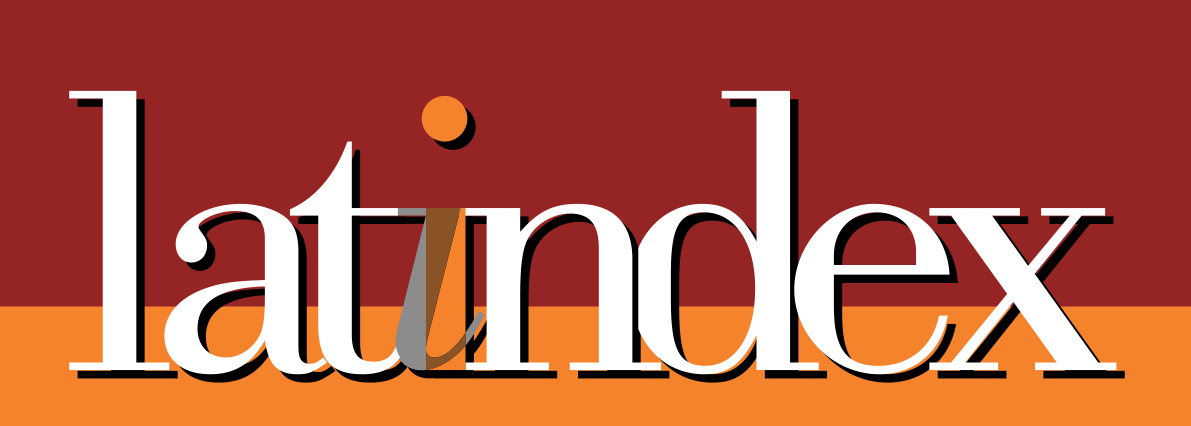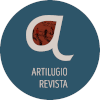From movement to sound
Towards a personal and reflexive performance
Keywords:
Piano performance, embodied sound, personal musicalityAbstract
This paper aims to motivate reflection and substantiation of the various phenomena involved in piano practice, developing a body of knowledge that allows us to better understand what happens during piano performance and thus improve our mastery over it. As the title indicates: "From movement to sound" is intended to address all the steps that are involved in piano practice to the performance of the musician, from which the same process is fed back.
Playing the piano is an art of movement, which implies the conscious use of the energy needed to trigger each sound and, along with it, notions of freedom to adapt these principles to the individuality of each pianist. In addition, the modern piano has a mechanism that allows a much richer range of sonorities than its predecessors, but to achieve them, the use of energy must be meticulously measured having a clear idea of the sound we want to produce, exploring different gestural techniques that allow us to achieve it safely and accurately. On the other hand, the search for an embodiment of the sound produced, both physically and mentally, is extremely enriching within the framework of piano interpretation processes.
In addition, emphasis is placed on interpretation from a deep and detailed analysis, the active listening of each sound that feeds back the processes of reflection on one's own practices, and the awareness of one's own emotions and feelings that gives a personal seal to each interpretation.
Downloads
References
Aguilar, M. del C. (2002). Aprender a escuchar música. Madrid: Antonio Machado Libros.
Berry, W. (1989). Musical Structure and Performance. Nueva York: Yale University Press.
Camaño, R. (1978). Apuntes para la formación del pianista profesional. Buenos Aires: Proyecto multinacional de Investigación Educativa. Ministerio de cultura y educación teatro Colón.
Chiantore, L. (2004). Historia de la técnica pianística. Madrid: Alianza Editorial.
Cook, N. (2003). Music as Performance. En M. Clayton, T. Herbert and R. Middleton (Eds). The Cultural Study of Music. A Critical Introduction. New York and Londres: Routledge.
Deschaussées, M. (2009) El intérprete y la música. Madrid: Rialp S. A.
Dissanayake, E. (2000). Antecedents of the temporal arts in Early mother-infant Interaction. en Nils Wallin, Björn Merker & Steven Brown (eds.), The Origins of Music. Cambridge MA: MIT.
Horowitz, J. (1986). Conversaciones con Arrau. Nueva York: Knofp.
Leimer, K. (2007). La Moderna Ejecución pianística. Buenos Aires: Melos, Ricordi Americana.
Neuhaus, H. (1987). El arte del piano. Madrid: Real Musical.
Oubiña, R. (1973). Enseñanzas de un gran maestro: Vicente Scaramuzza. Buenos Aires: Ossorio.
Salgado Correia, J. (2008) Do performer and listener share the same musical meaning?. Aveiro: University of Aveiro.
Samaroff, O. (1945) El Mágico Mundo de la Música. Buenos Aires. Ediciones Peuser.
Pereira, A. (2011). Cuerpo y Movimiento en el pensamiento musical. 10° Congreso Argentino y 5°Latinoamericano de Educación Física y Ciencias. Facultad de Humanidades y Ciencias de la Educación - UNLP, La Plata.
Downloads
Published
How to Cite
Issue
Section
License
Copyright (c) 2019 Sendas

This work is licensed under a Creative Commons Attribution-NonCommercial-ShareAlike 4.0 International License.
Commercial use of the original work and any derivative works is not permitted, and distribution of derivative works must be made under a license equal to that which governs the original work.















